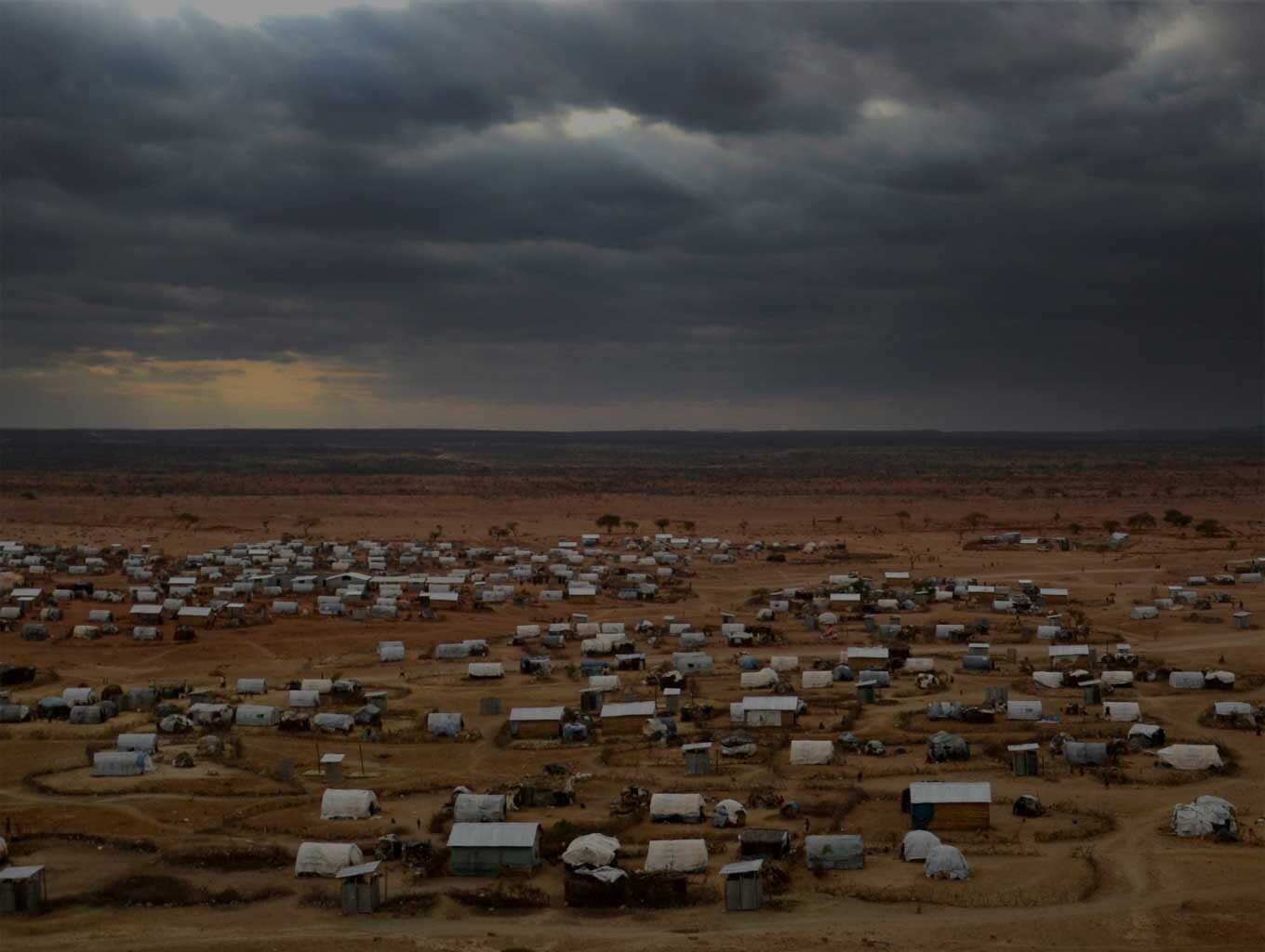As a protection actor, you are already familiar with the protection risks that communities in armed conflict face. You know that civilians are subject to protection risks like killing, forced displacement, unlawful detention, sexual assault, forced family separation, child abuse, Intimate Partner Violence, killing and maiming, and many more. You are already involved in programs that address these issues and you understand the complexities and challenges.
Results-Based Protection is an approach that maintains the reduction of protection risks as its focus: protection is conceived of as an outcome, as the goal we are trying to achieve, rather than as a set of activities or services. Once we focus in on protection outcomes – on risk reduction for affected populations – we are able to develop strategies that can interrupt, or prevent, protection risks from affecting more people. While protection outcomes require the commitment of all humanitarian actors, protection actors already have much of the experience, skills and knowledge to support the development of collective protection strategies.
WHAT CAN YOU DO?
It is important to ensure that protection outcomes are the focus of your work. Have you identified specific protection risks that your programs or interventions aim to address, and has that process included significant community engagement? Is there scope in your program to address emerging or changing risks? Have you thought about new ways to measure any changes in the risks communities face?
Affected populations must be at the center of effective protection work. Does your protection analysis start from the perspective of the affected population? Have you built in enough time and hired the right staff to make sure you are able to engage with a wide variety of community members? Does your program have enough flexibility that you can change your plans in response to community input?
Working with other actors is crucial to achieving protection outcomes. Are you incorporating analysis from other actors – other sectors, civil society, academics, etc – into your protection analysis? Do your protection strategies go beyond ensuring that humanitarian projects “do-no-harm” and consider how we can reduce risk that exists in communities? Are you identifying where collective strategies are required?
